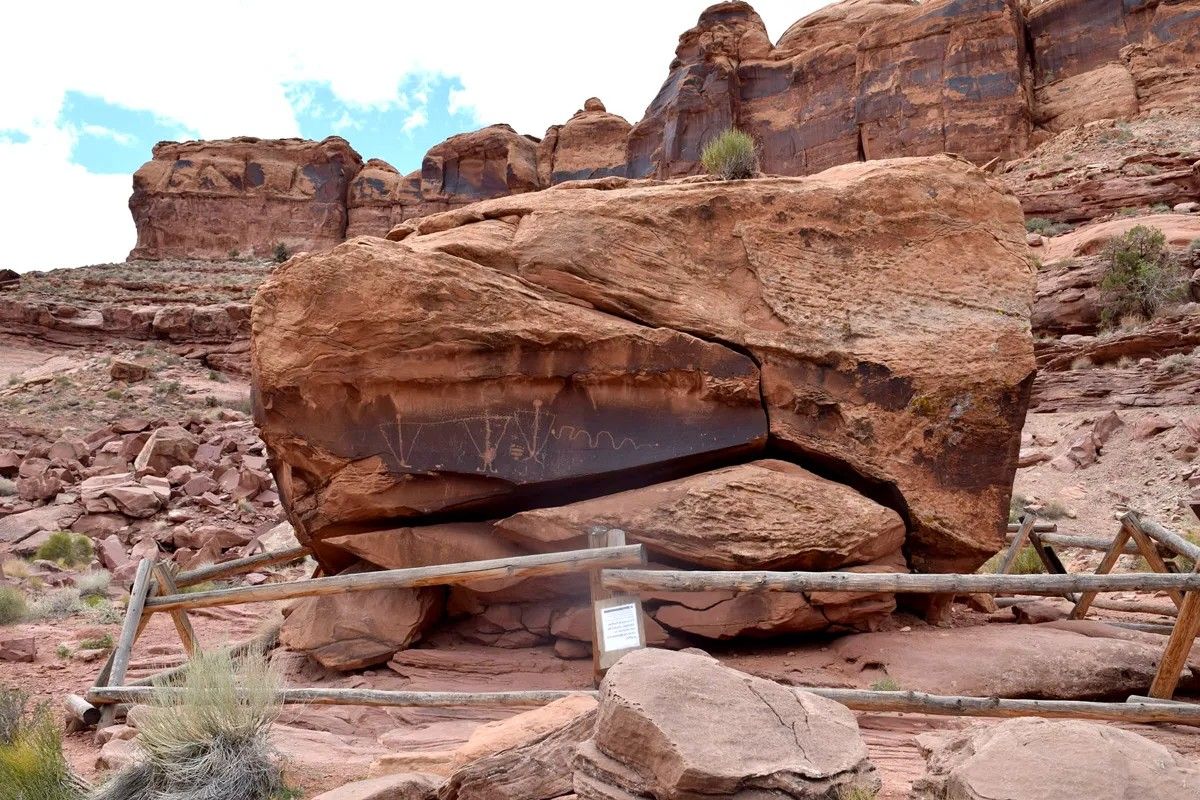Secrets Of Utah’s Ancient Petroglyphs

Have you ever wondered about the stories behind Utah's ancient petroglyphs? These rock carvings, etched by Native American tribes thousands of years ago, offer a glimpse into the past. Found in places like Nine Mile Canyon and Capitol Reef National Park, these images depict animals, people, and mysterious symbols. Some believe they were used for communication, while others think they had spiritual significance. Visiting these sites feels like stepping into a time machine, connecting us to the lives of those who lived long before us. Ready to learn more about these fascinating rock carvings? Let's dive into the world of Utah's ancient petroglyphs.
Uncovering Utah's Ancient Petroglyphs
Utah, a state known for its stunning landscapes, also holds a treasure of ancient petroglyphs. These rock carvings, created by indigenous peoples, offer a glimpse into the past. Let's explore some of the most fascinating sites where you can find these ancient artworks.
1. Nine Mile Canyon
Nine Mile Canyon, often called the "world's longest art gallery," is home to thousands of petroglyphs. This canyon stretches for miles, offering a rich tapestry of ancient art.
- Location: Near Price, Utah
- Highlights: The Great Hunt Panel, intricate carvings of animals and human figures
- Best Time to Visit: Spring and fall for mild weather
2. Newspaper Rock
Newspaper Rock is a state historic monument featuring one of the largest collections of petroglyphs in the Southwest. The carvings date back over 2,000 years.
- Location: Near Monticello, Utah
- Highlights: Over 650 symbols and figures etched into the rock
- Best Time to Visit: Year-round, but early morning or late afternoon for the best lighting
3. Parowan Gap
Parowan Gap is a natural pass through the Red Hills, famous for its extensive petroglyphs. The site is considered sacred by Native American tribes.
- Location: Near Parowan, Utah
- Highlights: Solar and lunar calendars, intricate geometric patterns
- Best Time to Visit: Summer solstice for the solar calendar alignment
4. Capitol Reef National Park
Capitol Reef National Park offers more than just stunning landscapes; it also houses numerous petroglyph panels. These carvings provide insight into the lives of the Fremont people.
- Location: South-central Utah
- Highlights: Depictions of animals, human figures, and abstract designs
- Best Time to Visit: Spring and fall for comfortable hiking conditions
5. McConkie Ranch
McConkie Ranch in Dry Fork Canyon is renowned for its well-preserved petroglyphs. The ranch offers a self-guided tour to explore these ancient artworks.
- Location: Near Vernal, Utah
- Highlights: Three Kings Panel, detailed carvings of human figures and animals
- Best Time to Visit: Late spring to early fall for pleasant weather
6. Sego Canyon
Sego Canyon features a mix of petroglyphs and pictographs, showcasing the art of different cultures over thousands of years. The site is a hidden gem for history enthusiasts.
- Location: Near Thompson Springs, Utah
- Highlights: Barrier Canyon Style pictographs, Ute and Fremont petroglyphs
- Best Time to Visit: Spring and fall for moderate temperatures
7. San Rafael Swell
San Rafael Swell is a rugged area with numerous petroglyph sites scattered throughout. The remote location adds to the sense of adventure when exploring these ancient carvings.
- Location: Central Utah
- Highlights: Rochester Panel, intricate carvings of animals and abstract shapes
- Best Time to Visit: Spring and fall for cooler weather
8. Dinosaur National Monument
Dinosaur National Monument is not just about fossils; it also boasts impressive petroglyphs. The carvings here offer a unique blend of natural history and ancient art.
- Location: On the Utah-Colorado border
- Highlights: Cub Creek Petroglyphs, depictions of animals and mysterious symbols
- Best Time to Visit: Late spring to early fall for optimal weather conditions
Discovering Utah's Ancient Petroglyphs
Exploring Utah's ancient petroglyphs offers a unique glimpse into the past. These rock carvings, created by Native American tribes, tell stories of their lives, beliefs, and surroundings. Visiting sites like Nine Mile Canyon, Newspaper Rock, and Parowan Gap allows you to connect with history in a tangible way. Each site has its own distinct style and significance, making every visit a new adventure.
Remember to respect these historical treasures. Avoid touching or damaging the carvings to preserve them for future generations. Bring a camera, take photos, and share your experience with others to spread awareness about these incredible sites.
Whether you're a history buff, nature lover, or just curious, Utah's petroglyphs offer something for everyone. Plan your trip, pack your essentials, and get ready to step back in time. Happy exploring!

